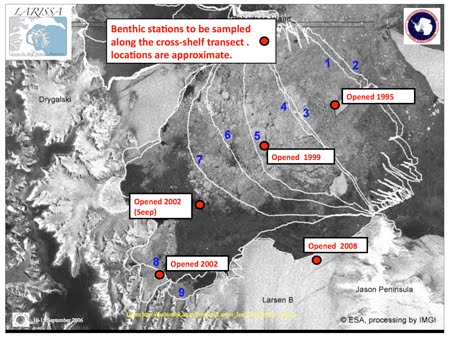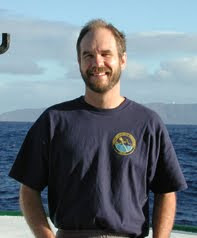Arenas, living aboard our home for the next 60 days, the Research Vessel
Ice Breaker Nathanial B. Palmer. We were scheduled to head
south from Punta Arenas on 2 Jan, but have been frustratingly delayed by the late arrival of equipment and supplies from the USA (held up in
customs in Santiago), and high winds (hurricane force gusts up to 70
knots!) which prevented us from using the ship’s crane to load our gear
onto the vessel. This did allow us to see a bit more of Punta Arenas,
which still has the feel of a frontier town near the end of the world. This
is the port from which Shackleton sailed on a tug boat to rescue his men
from Elephant Island nearly 100 years ago; some of the windy streets,
Victorian buildings, and bars of Punta Arenas have changed little since
the “heroic era” of Antarctica work. You can almost hear Shackleton
challenging the local sea captains to sail him back to Antarctica to rescue
his men.


According to seafaring tradition, sailors heading south from Punta Arenas
to Antarctica must rub the toe of the bronze Tierra del Fuegan in the
central square of Punta Arenas to assure safe transit across
the Drake Passage. Because the Drake is known as the roughest body or
water in the world, we made sure to rub the toe on the day of our departure. So far it is has worked because we are sailing through the
Strait Magellan under a clear sky with a scenic sunset. We
will entire the Atlantic Ocean in about 12 hours, then turn south along the
coast of Tierra del Fuego for another 12 hours before actually entering the
Drake.







No comments:
Post a Comment